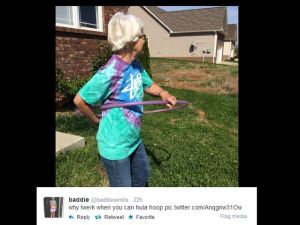
Was I born online?
Figure 1
A digital native is someone that is just one amongst the Net Generation. This is the younger age group that have been born into the digital era and, therefore, their inherent ‘tech-savvy-ness’ allows them to thoroughly know how to utilise all corners of the Internet to fully immerse their ‘real life’ selves into a social and professional pixilated format (Bennett, Maton & Kervin, 2008).
Continue reading →








